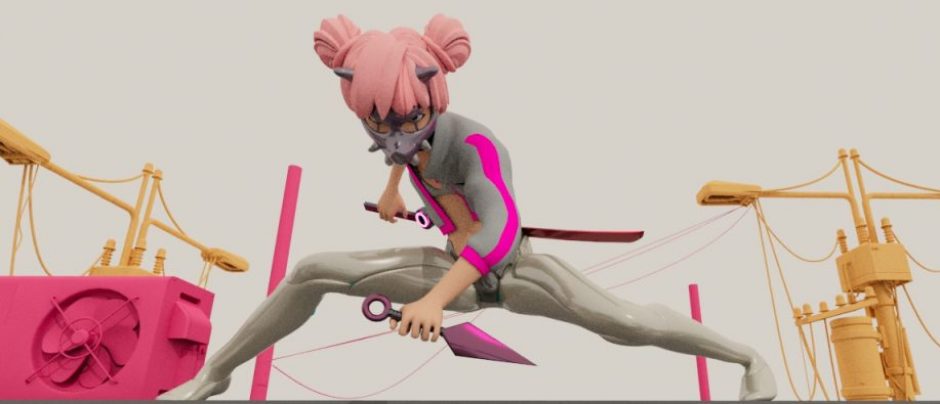Reference



Use the facial control of the character conveniently and efficiently. In addition, I also created a camera to parent-constrained restrain the face of the model to facilitate my work.
I made a small plan for my work. There are many facial structures. I decided to start with the easiest one, which is the jaw. I rotate the X-axis of the jaw when the character is pronounced “0”, “u”. “q w”…

Next, I set the corners of the mouth on both sides, then the cheeks, eyelids, eyeballs, and finally the eyebrows.


After several attempts, I slowly explored some of these patterns
The corners of o‘s mouth are closed inwards, and the corners of e‘s mouths extend outward.
Cheeks: cheeks up when the mouth is flat, and down when the mouth is round
Mouth shape: cheeks down when the mouth is flat, upwards when the mouth is round




Tips:
- Try not to make all the facial features move together, nor too symmetrical, that is, there are some wrong frames in the nose, mouth and muscles, which is also part of the overlapping movement.
- Some exaggerated mouth patterns should be neglected to ensure the continuity of the movements.When speaking at a high speed, some exaggerated mouth patterns should be properly ignored to ensure the continuity of actions.
- When speaking at a slow speed, the mouth shape can be exaggerated, especially some obvious pronunciation.
Finally, I tried to make a short phonemes animation .
